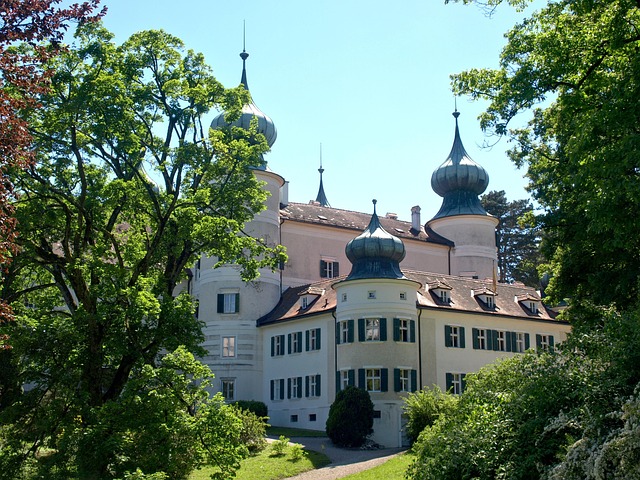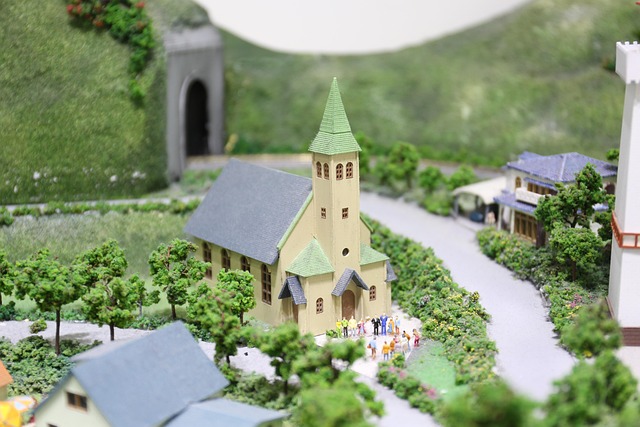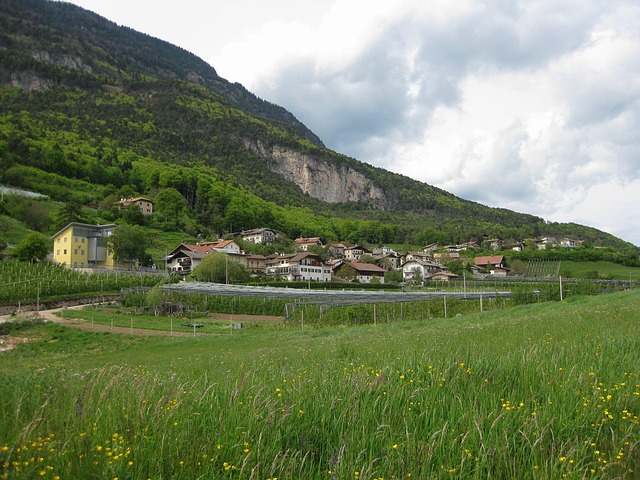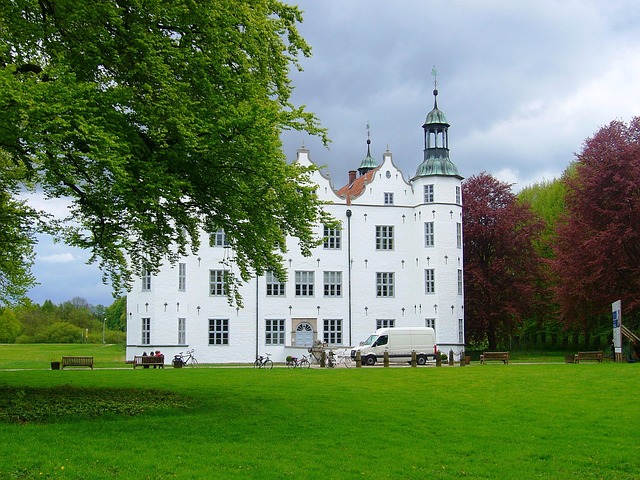The real estate industry is rapidly adopting innovative, eco-friendly solutions to create energy-efficient and sustainable buildings. By using smart materials like biodegradable plastics and recycled composites, incorporating advanced design techniques for natural lighting and cross-ventilation, and implementing green roofs and vertical gardens, developers are reducing carbon footprints while lowering energy costs. These practices not only align with climate change concerns but also offer long-term financial benefits, enhancing property value and improving living conditions, marking a significant trend towards sustainability in the sector.
In today’s digital era, the real estate sector is undergoing a significant transformation with energy-efficient solutions that reduce carbon footprints. This article explores innovative building materials and design techniques, such as eco-friendly alternatives, passive cooling strategies, and natural lighting optimization, which are revolutionizing the industry. We delve into smart technology integration for energy management, including home automation and IoT devices, and discuss sustainable infrastructure initiatives like green spaces, urban farming, electric vehicles, and community programs. By embracing these advancements, real estate professionals are not only contributing to a greener planet but also enhancing property values.
Innovative Building Materials and Design Techniques

The real estate industry is undergoing a significant transformation with the adoption of innovative building materials and design techniques that prioritize energy efficiency and reduce carbon emissions. One such advancement is the integration of smart, sustainable materials like biodegradable plastics and recycled composites, which not only minimize waste but also enhance structural integrity. These materials are being used to create efficient insulation, reducing heating and cooling loads in buildings.
Additionally, cutting-edge design strategies, such as natural lighting optimization and cross-ventilation systems, are maximizing passive energy sources. Green roofs and vertical gardens not only contribute to local biodiversity but also act as natural insulators, lowering the need for artificial climate control. These eco-friendly approaches not only shrink carbon footprints but also offer long-term cost savings for building occupants, making them increasingly popular in the real estate sector.
– Exploring eco-friendly alternatives to conventional materials

In the realm of Real Estate, the pursuit of energy-efficient solutions has evolved from a trend to a necessity, driven by the urgent need to reduce carbon footprints. Property developers and owners are increasingly exploring eco-friendly alternatives to conventional materials, not just for sustainability but also for cost-effectiveness and improved living conditions. This shift is evident in the adoption of materials like bamboo, recycled steel, and energy-efficient insulation, which offer excellent performance while minimizing environmental impact.
For instance, bamboo, a fast-growing grass, is now a popular choice for flooring and structural elements due to its strength and beauty. Similarly, recycled steel reduces the need for new metal production, lowering energy consumption and greenhouse gas emissions. In terms of insulation, advanced materials designed to retain heat more efficiently are becoming commonplace, thereby decreasing energy usage for heating and cooling systems. These changes not only contribute to a greener planet but also enhance the overall sustainability and value of Real Estate properties.
– Strategies for passive cooling and natural lighting to reduce energy consumption

In the realm of real estate, reducing carbon footprints through energy-efficient solutions is a game-changer for both developers and tenants. Strategies like passive cooling and natural lighting play a pivotal role in this transition. Passive cooling techniques, such as strategic orientation, insulation, and cross ventilation, minimize the reliance on air conditioning systems, which are significant energy guzzlers. By carefully designing buildings to maximize natural light, developers can reduce electricity usage for artificial lighting, enhancing both comfort and sustainability.
Furthermore, incorporating smart window technologies and skylights allows for controlled daylight ingression, providing adequate illumination without excessive heat gain. These approaches not only lower energy consumption but also contribute to a healthier indoor environment, fostering productivity and well-being among occupants. In today’s eco-conscious market, such innovations are not just trends but essential steps toward a more sustainable future in real estate.






